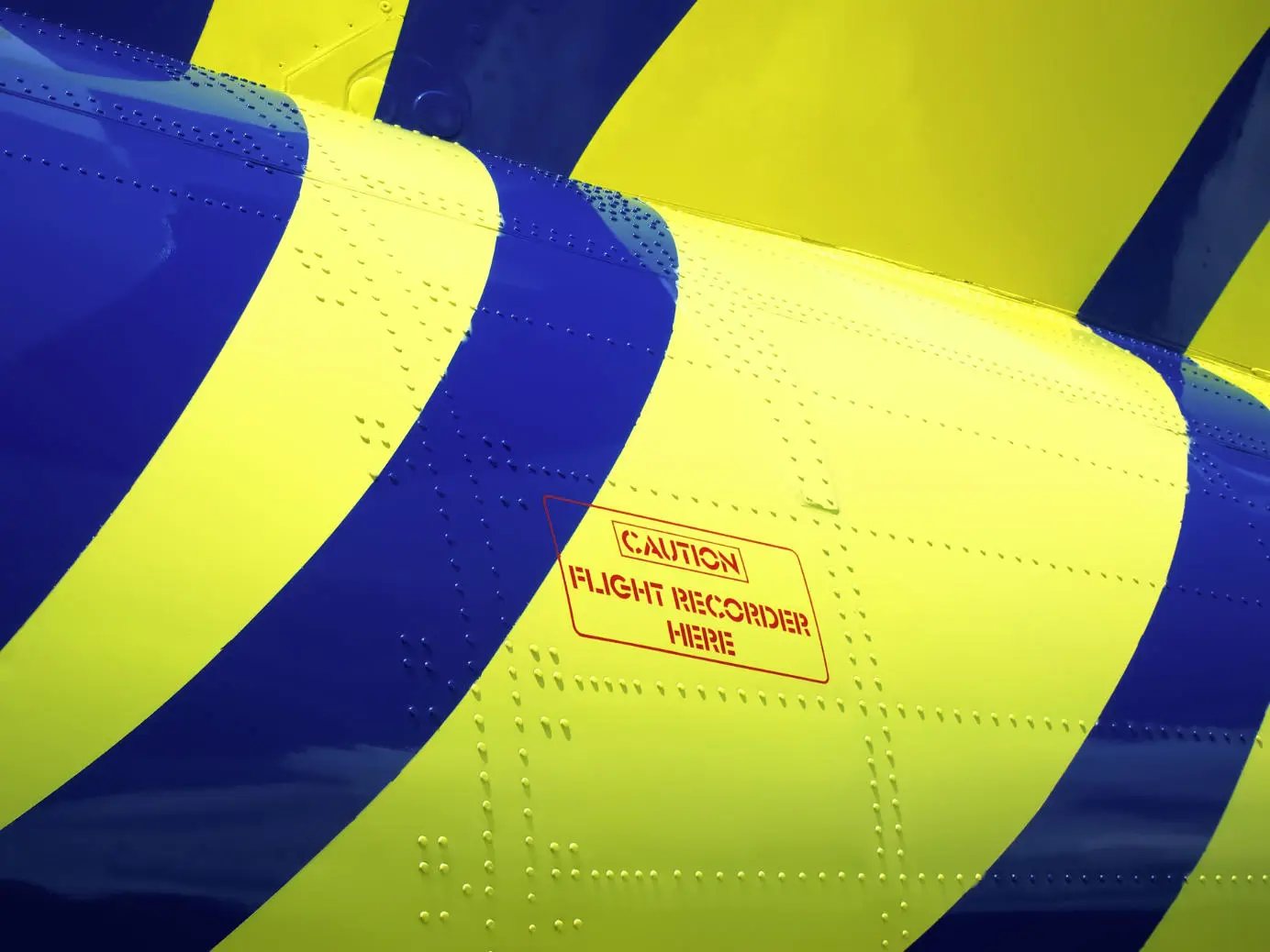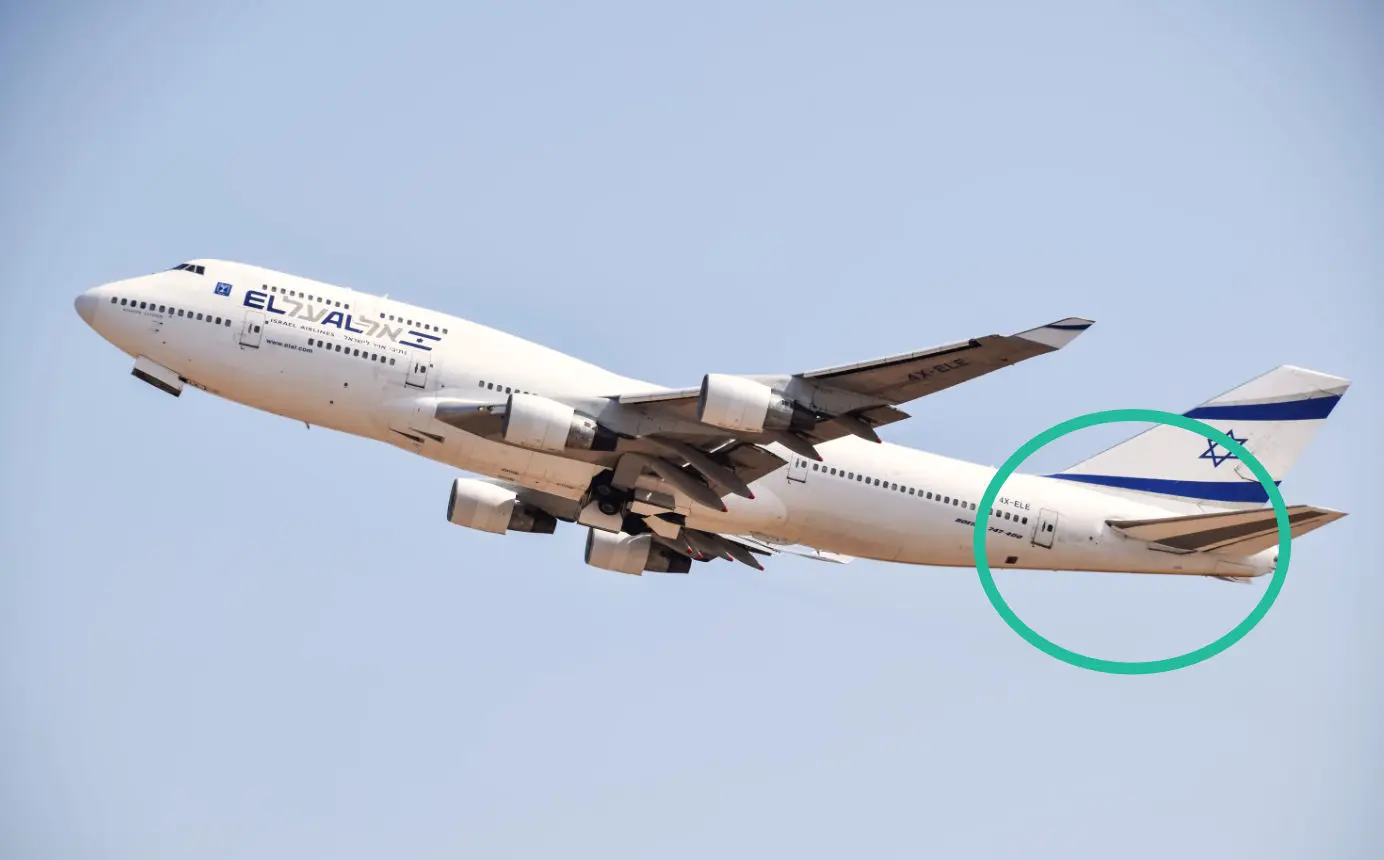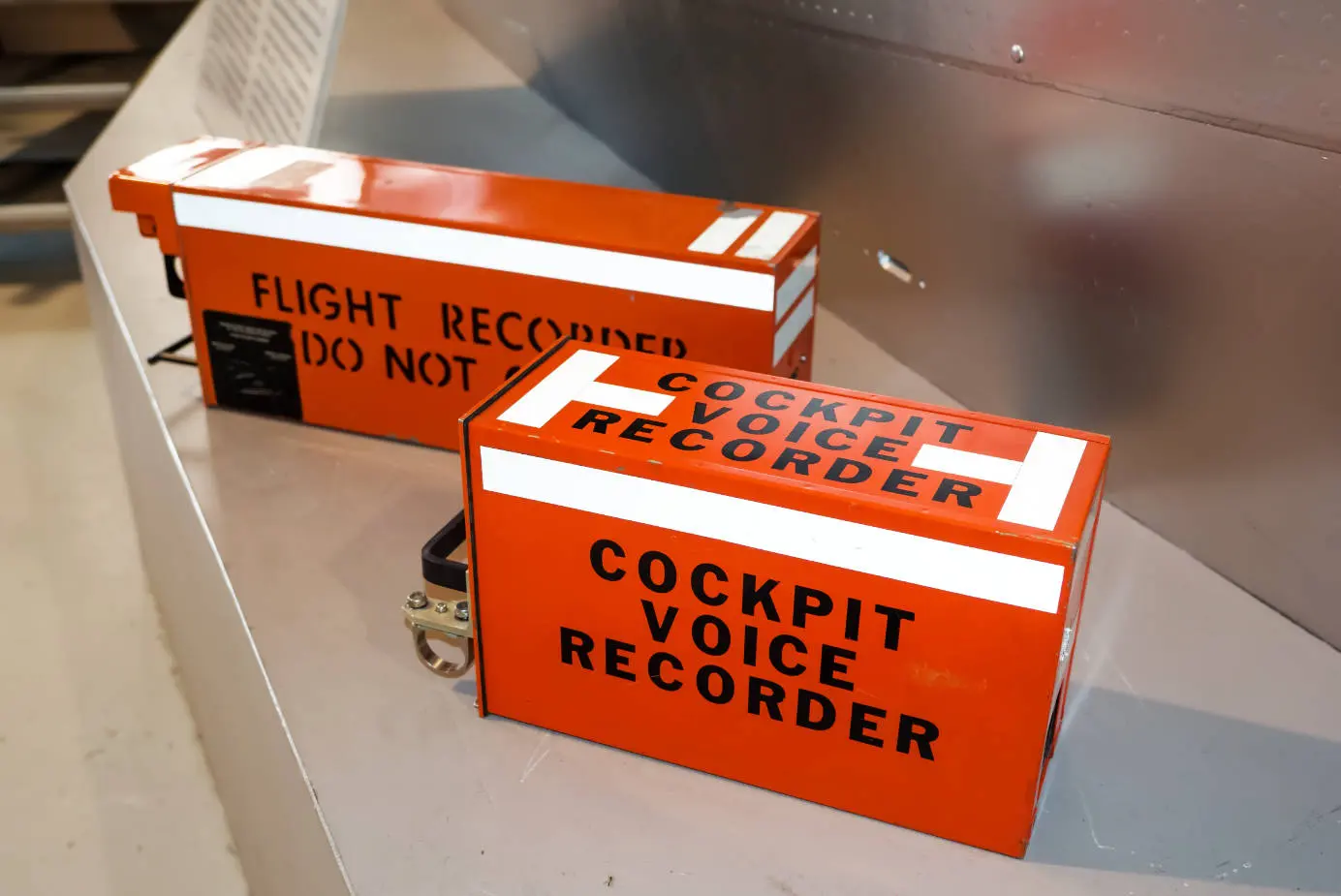
Where Are the Black Boxes Located on an Airplane?
The black boxes record and store important flight data and cockpit voices. They are built to withstand tremendous forces, but where are the black boxes located on the aircraft?
Table of Contents
An airplane has two black boxes onboard: The Flight Data Recorder (FDR) and the Cockpit Voice Recorder (CVR). They record and store important flight information for investigators in the event of an accident.
The black box is usually installed in the plane's tail to minimize damage in the event of a crash - The tail area is the most likely to survive. If the crash happens in water, the surviving black boxes transmit a beacon to help recovery teams locate them.
The black box is a safety measure to help air accident investigators, but its design and function are more complex than expected. Part of what enables them to survive a plane crash is their position in the plane itself. In this article, we will go over where the black boxes are located in a plane and their function.
How Many Black Boxes Are on a Plane?
When referring to the "Black boxes" on a plane generally denotes the Flight Data Recorder (FDR) and Cockpit Voice Recorder (CVR). As such, there are two black boxes on a plane, although some designs incorporate both into a single unit.
Where Are the Black Boxes Stored?
The black boxes are usually stored in the aircraft's tail, the component statistically the least damaged part of the aircraft during a crash. As such, with their protective casing, the black boxes are much more likely to survive the crash and be locatable by emergency services.

Years ago, lawmakers made considerations for detachable flight recorders, which detach automatically before an accident using various sensors. Doing so could significantly improve the black box's survivability and enable easier recovery.
Another discussed possibility is satellite streaming, a virtual storage system that eliminates the need for physical storage space, allowing the aircraft to transfer data through the air seamlessly. However, the amount of data to be transferred and the uplink reliability has not yet been good enough for streaming the flight data instead of storing it onboard.
What Does the Black Box Do?
Black boxes are essentially data recording and storage systems, weighing around 10 pounds and priced around $10,000.
Black boxes are fire-resistant, heat-resistant, and shock resistant. They can continue to emit a signal for up to a month if submerged to help locate and recover them.
Contrary to their name, the black boxes are neither black nor box-shaped. Manufacturers paint them in a bright orange color to improve visibility. The design hasn't changed much in decades, apart from some adjustments to the storage system and internal electronics.
Flight Data Recorder
The flight data recorder is a data storage device that records dozens of parameters during flight, including airspeed, altitude, heading, pitch, and vertical acceleration, as well as readings on individual instruments used by the pilot and crew.
Naturally, this data is essential during accident investigation and has contributed to significantly higher success rates in locating and recovering lost aircraft and identifying issues or malfunctions during the flight that regulators can correct on other flights.
Cockpit Voice Recorder
The cockpit voice recorder does exactly what you imagine: recording all pilot conversations, radio traffic, crew discussions, and passenger announcements.
Solid-state CVRs can store many hours of audio and standby systems that allow for continuous recording, even if there's a malfunction in the electrical system.
The data from the CVR can help analysts determine what went wrong during an accident and interpret the meaning of pilot actions.

What Happens When the Black Boxes Are Recovered?
Once the recorders are retrieved, the National Transportation Safety Board investigates the available data, receiving the data readouts from the manufacturers—sometimes using specific data recovery software if needed.
Specialists will then analyze and interpret the flight and audio data to determine where the aircraft might be, what caused the accident, and how the aviation industry can avoid future similar situations.
If the airplane crashed into the water, investigators would keep the recovered black boxes in a container with fresh water to protect them until they can analyze them in a lab. The freshwater keeps any foreign salts and minerals dissolved and keeps them from crystalizing into deposits that could harm the data inside.
Final Thoughts
The black boxes are data storage systems that record flight data and cockpit audio to aid accident investigation. Most black boxes are stored in the aircraft's tail, where they are least likely to sustain damage upon impact.
Black boxes are critical in aviation, and despite all the advances in black box technology, recovering these data storage devices still proves costly and time-consuming. While black boxes might change in the future, these little data modules are still essential to aircraft safety today.
Also read:
Planenerd Newsletter
Join the newsletter to receive the latest updates in your inbox.






